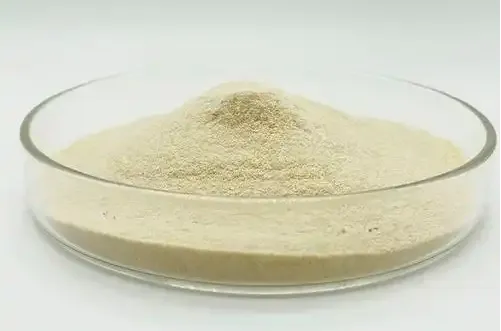
Cellulose Innovations Driving Modern Industry
Advanced Cellulose Compounds in the Market
In today’s industrial and commercial landscape, cellulose-based materials have evolved far beyond their natural origins. For manufacturers and suppliers, products like microcrystalline cellulose for sale offer versatile solutions for industries ranging from pharmaceuticals to food processing. This purified, partially depolymerized cellulose is prized for its compressibility and flowability, especially in tablet production and dietary supplements.
Chemical modifications of cellulose have further expanded its applications. One popular example is MHEC chemical (methyl hydroxyethyl cellulose), widely used in construction materials, detergents, and paints for its thickening and water-retention properties. Similarly, Cellosize hydroxyethyl cellulose, a high-quality brand of hydroxyethyl cellulose, is known for its smooth texture and performance in paints, personal care products, and adhesives. These enhanced formulations provide stability and consistency in demanding environments.

Biological and Functional Advances in Cellulose
Scientific advances have also focused on the biological transformation of cellulose. The interaction between cellulase and cellulose is key to this process. Cellulase is an enzyme that breaks down cellulose into simpler sugars, a fundamental step in biofuel production and waste decomposition. By harnessing this natural reaction, industries are finding eco-friendly solutions to convert biomass into energy and value-added products.
Beyond enzymatic conversion, engineered or enhanced cellulose offers improved characteristics such as higher strength, better solubility, and increased compatibility with other materials. These modifications make it suitable for high-performance applications in biomedical devices, filtration systems, and biodegradable plastics.

Lastly, hydrolyzed cellulose—cellulose broken down through chemical or enzymatic hydrolysis—has found its way into health supplements and cosmetics. It provides dietary fiber and acts as a gentle exfoliant or bulking agent, depending on the formulation.
As technology and sustainability continue to shape industrial priorities, the development of specialized cellulose forms like microcrystalline cellulose for sale, MHEC chemical, Cellosize hydroxyethyl cellulose, and biologically refined versions such as hydrolyzed cellulose or enhanced cellulose illustrate how this natural material remains at the forefront of innovation. Whether through the action of cellulase and cellulose in energy production or the formulation of advanced consumer goods, cellulose continues to be a cornerstone of progress.
-
Hydroxypropyl Starch as a Sustainable Construction AdditiveNewsNov.24,2025
-
The Gelation Properties of CMCNewsNov.21,2025
-
Redispersible Latex Powder and Water Retention CapacityNewsNov.21,2025
-
Dosage Control for Polycarboxylate Water ReducerNewsNov.21,2025
-
Film-Forming Properties of Polyvinyl AlcoholNewsNov.21,2025
-
The Function of Gypsum Additives in MortarNewsNov.21,2025





















